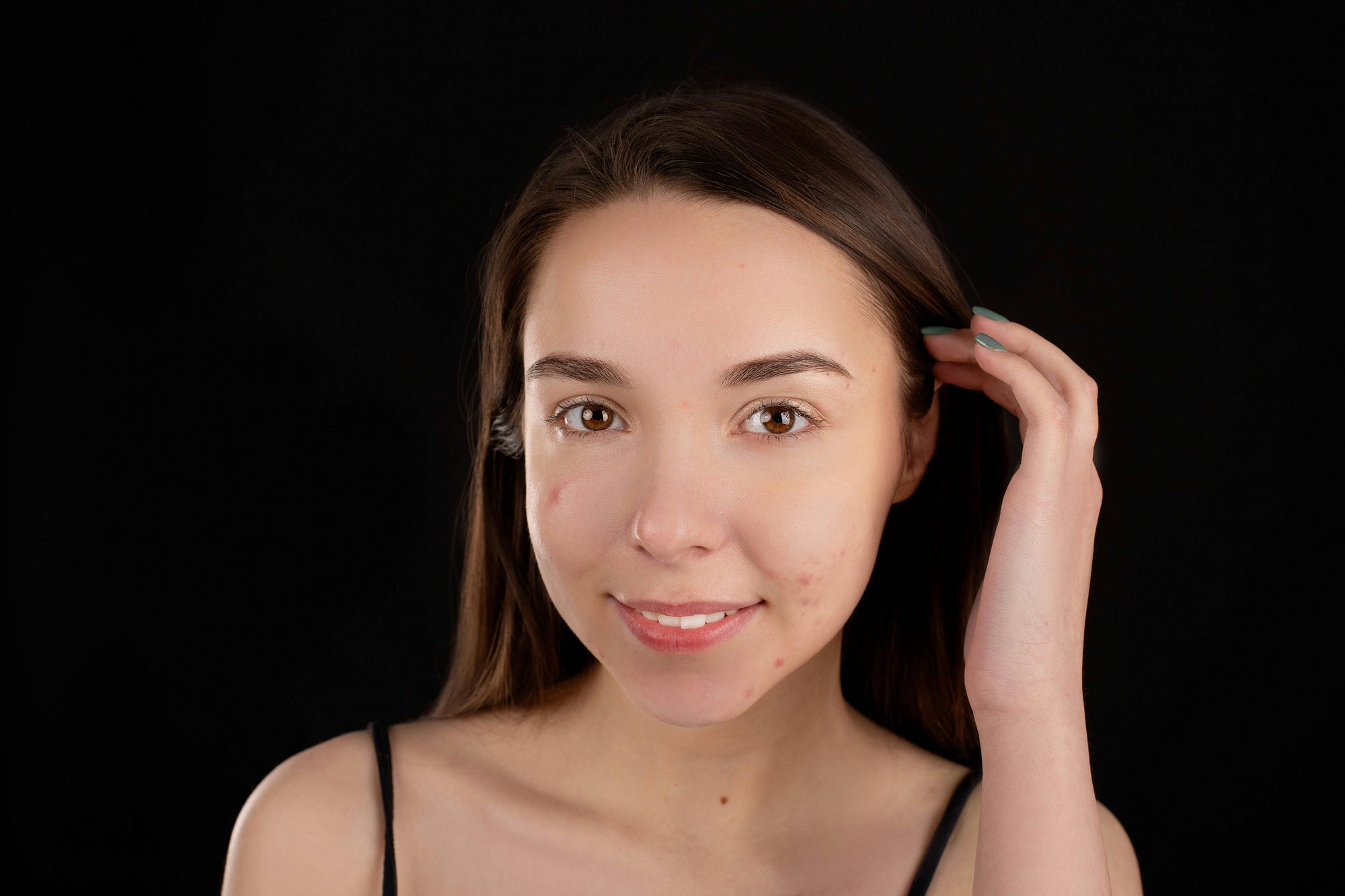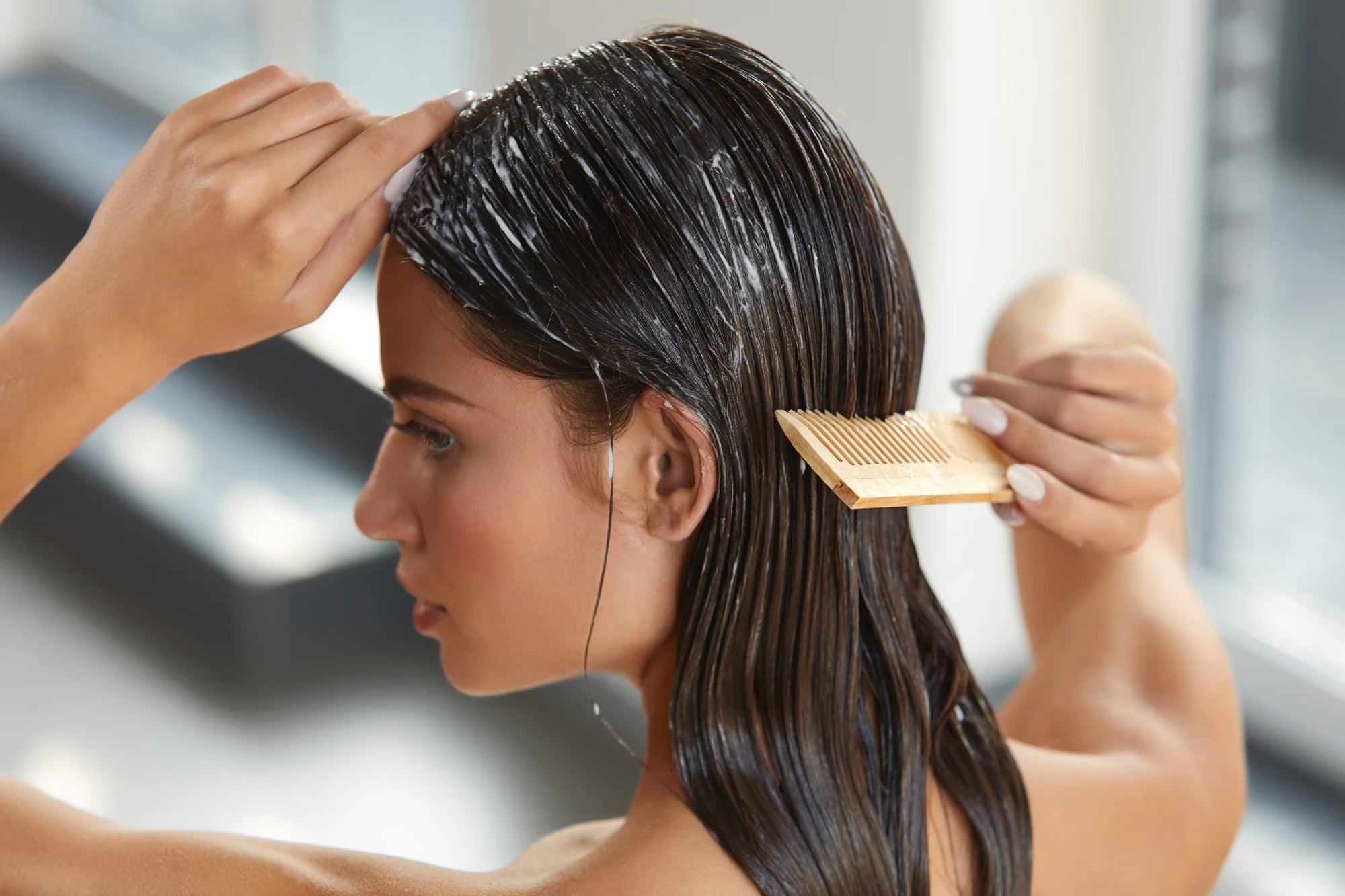Acne scars are permanent changes in the texture or color of the skin that result from severe acne injury to deeper layers of skin. They are caused by chronic inflammation, delayed wound healing or trauma to picking and squeezing the spots. Scars are depressions (atrophic), raised tissue (hypertrophic) or color alteration (hyperpigmentation). Between 80% of individuals with severe or moderate acne will have at least some scarring. The aesthetic and psychological impact is significant, especially if the marks are visible and permanent. To most individuals, natural remedies offer a non-surgical, safe and convenient way of improving skin appearance without harmful chemicals or costly treatments.
Beauty Market Online makes scar treatment hassle-free with handpicked products such as serums, moisturizers, face masks and toners. The treatments contain clinically proven natural actives and are listed by face care concern—such as hydration, brightening, or repairing—so it is simple to build a regime that suits you.
Acne Scarring: Types, Triggers, and Skin Response
Acne scars occur during the process of wound healing. When inflammation goes deep into the dermis, the skin tries to repair itself by producing collagen. Excess collagen builds up as elevations or bumps; too little collagen leads to pits or depressions.
Types of Acne Scars
-
Ice pick scars: Deep, narrow, and hard to treat naturally.
-
Boxcar scars: Wide with sharp edges and shallow depth.
-
Rolling scars: Wavy depressions caused by fibrous bands.
-
Hypertrophic/keloid scars: Raised tissue from excessive collagen.
Common Triggers
-
Delayed treatment: Ignoring breakouts increases scar risk.
-
Skin picking: Physical trauma worsens tissue damage.
-
Cystic acne: Deep, inflamed nodules cause permanent scarring.
Knowing your scar type and trigger enables you to select the best topical, natural, or clinical therapy. Beauty Market Online provides mild formulations—such as vitamin C serums, natural extract face masks, face cleansers, and exfoliating scrubs—that aid in every phase of scar healing.
Natural Remedies That Show Clinical Promise
Nature offers multiple compounds with wound-healing, pigmentation-reducing, and tissue-repairing abilities. When used consistently, they reduce scar visibility and improve texture without damaging the skin barrier.
Aloe Vera Supports Skin Regeneration
Aloe reduces inflammation and enhances healing proteins like metallothionein. Aloe can be found in soothing gels and hydrating masks designed for sensitive or post-acne skin. Use SKIN SPA Facial Cleanser Set; it is infused with aloe vera and made for a full daily routine. This set contains everything from face wash and scrub to toner and moisturizer, so it's simple to keep your skin healthy-looking and heal acne scars.
Rosehip Oil Boosts Collagen and Repairs Skin
Rich in vitamin A (retinoic acid) and linoleic acid, rosehip seed oil promotes collagen synthesis and evens out pigmentation.
Green Tea Extract Minimizes Pigmentation
Green tea polyphenols, especially EGCG, inhibit melanin overproduction and calm inflammation. Serums containing green tea work well for red or brown post-acne marks. Use PRO NAIL Healing Therapy Massage Lotion—a richly moisturizing formula meant to hydrate and soften skin. Rich in natural oils, panthenol, amino acids, and green tea extract, it provides antioxidant protection as it soothes inflammation.
Honey Accelerates Tissue Recovery
Raw or manuka honey stimulates wound contraction and tissue formation. In a clinical burn study, honey reduced scar depth by 43%. Honey-infused moisturizers hydrate and protect the skin barrier during scar healing.
Turmeric Fights Pigmentation and Inflammation
Curcumin, the active compound in turmeric, downregulates inflammatory pathways like TGF-β, which are involved in scar formation. A meta-analysis confirmed its role in reducing post-inflammatory hyperpigmentation. Beauty Market Online offers turmeric-enriched formulas in the calming and brightening product range.
Topical Serums and Plant-Based Actives That Work Naturally
Natural doesn’t mean less effective. Plant-derived actives like niacinamide and vitamin C offer strong skin-renewing properties without the risk of irritation seen in some synthetic alternatives.
Niacinamide (Vitamin B3)
Niacinamide reduces redness, fades dark spots, and strengthens the skin barrier.
Vitamin C
Vitamin C is an antioxidant that inhibits melanin production and stimulates collagen.
AHAs (Glycolic Acid)
Glycolic acid, a fruit-derived AHA, exfoliates dead skin and increases cell turnover. It smooths rolling or boxcar scars over time. Use once or twice weekly in low concentrations.
Salicylic Acid
Salicylic acid unclogs pores, reduces inflammation, and prevents new acne formation. Look for it in gel cleansers or targeted treatments to support both active acne and scar prevention.
Consistent Skin Habits Are Essential
Even the best natural remedies won’t work without proper skin habits. Daily care builds the foundation for long-term improvement.
-
Cleanse gently: Avoid harsh scrubs.
-
Apply SPF daily: UV rays worsen pigmentation.
-
Hydrate skin: Dehydrated skin struggles to heal. Use moisturizers with humectants like hyaluronic acid or glycerin.
Consistency over 6 to 12 weeks delivers the best visible results.
Internal Nutrients That Support Scar Healing
Your diet and supplements also influence how quickly your skin can repair itself. Certain vitamins and minerals regulate inflammation, collagen production, and skin renewal.
-
Zinc (30 mg daily): Regulates oil glands and supports immunity.
-
Vitamin C (500 mg daily): Boosts collagen formation and antioxidant defense.
-
Omega-3 Fatty Acids: Reduce inflammatory cytokines and promote healing.
Pair your skincare routine with nutrient-rich foods like berries, nuts, leafy greens, and fatty fish for internal support.
When to Consider Professional Treatment Options
Natural treatments work best for mild to moderate scarring. However, if scars remain deep or resistant after 3–6 months, consider dermatological procedures:
-
Microneedling: Stimulates collagen production and tightens skin
-
Laser Resurfacing: Targets deep or pitted scars
-
Chemical Peels: Removes top layers of damaged skin
Combine these with a natural product routine for maintenance and long-term scar management.
Conclusion
Treating acne scars naturally requires a strategic, layered approach. It’s not just about one miracle ingredient—it’s about consistency, product synergy, and patience. Incorporating proven natural ingredients like aloe vera, rosehip oil, niacinamide, and Centella helps restore skin’s smoothness and clarity over time. Beauty Market Online provides a streamlined path to results with dermatologist-trusted products based on these ingredients. Whether you're building a routine from scratch or fine-tuning an existing one, you’ll find tailored solutions for every step—from cleansing and treatment to protection and repair.
FAQs
1. Can aloe vera remove acne scars?
Yes, aloe vera reduces inflammation and boosts collagen for scar repair.
2. Is rosehip oil safe for oily or acne-prone skin?
Yes, rosehip oil is non-comedogenic and suitable for scar-prone skin.
3. How long does it take for natural treatments to show results?
Visible improvement usually appears within 6–12 weeks of consistent use.
4. Do all types of scars respond to natural remedies?
Mild discoloration and surface-level scars respond best; deep pitted scars may need clinical help.
5. Is sunscreen necessary when using scar treatments?
Yes, UV exposure worsens pigmentation and slows healing—SPF is essential.



